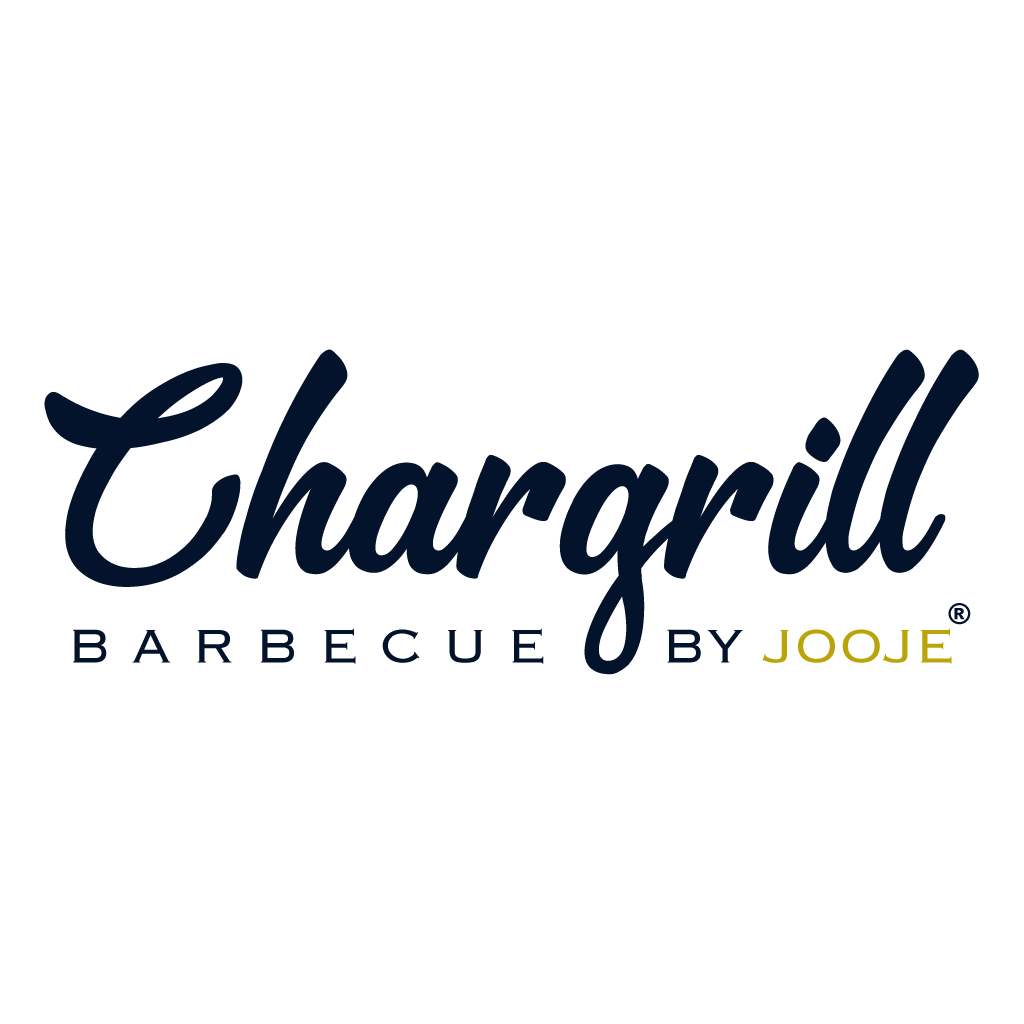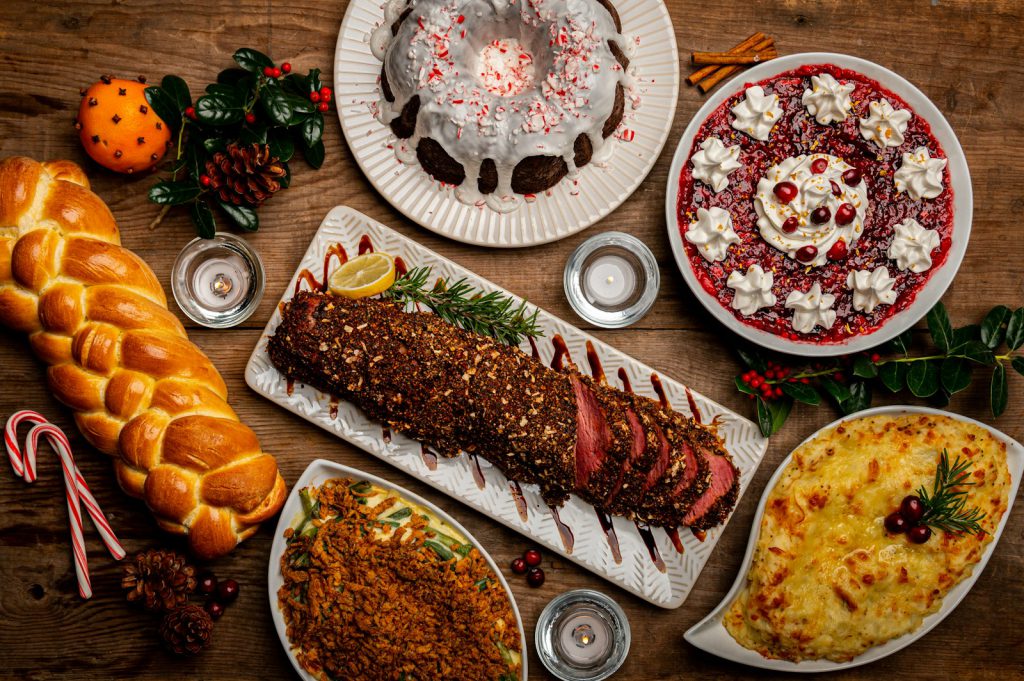Storing and reheating smoked brisket correctly is crucial for maintaining its flavor and texture. Whether you’re planning to enjoy your high protein meal pack the next day or save it for a future meal, following the best practices for storage and reheating will ensure your brisket remains juicy and delicious. This guide provides detailed instructions, tips, and examples to help you preserve the quality of your smoked brisket.
Storing Brisket in Vacuum-Sealed Packs
Vacuum-sealing is a highly effective method for preserving the flavor and freshness of BBQ without the need for preservatives. By removing the air, vacuum-sealing reduces the risk of oxidation and bacterial growth, which are the primary causes of food spoilage. This method is particularly useful for ready-to-eat meal packs, allowing you to store BBQ for extended periods while maintaining its quality.
Preparing Brisket for Vacuum Sealing
- Cool Down: Allow the BBQ to cool to room temperature before sealing. Hot food can create steam inside the vacuum-sealed bag, leading to moisture buildup and potential spoilage.
- Portioning: Divide the BBQ into meal-sized portions. This makes it easier to reheat only what you need, minimizing waste.
- Adding Moisture: For cuts that might dry out, add a small amount of sauce or broth to the vacuum bag. This helps retain moisture during storage and reheating.
Vacuum-Sealing Process
- Select Appropriate Bags: Use high-quality, food-grade vacuum-sealing bags that are designed to withstand freezing and boiling temperatures.
- Sealing: Place the BBQ in the bag, ensuring there is enough space at the top for sealing. Use the vacuum sealer to remove air and seal the bag tightly.
- Labeling: Label each bag with the contents and date of sealing. This helps keep track of the storage time and ensures you use the oldest products first.
Storing Vacuum-Sealed BBQ
- Refrigeration: Vacuum-sealed BBQ can be stored in the refrigerator for up to 10 days. Ensure the refrigerator is set to 40°F (4°C) or below.
- Freezing: For longer storage, place the vacuum-sealed packs in the freezer. Properly sealed and frozen BBQ can last up to 6 months without significant loss of quality.

Table: Vacuum-Sealed Storage Times
| Storage Method | Shelf Life |
|---|---|
| Refrigeration | Up to 10 days |
| Freezing | Up to 6 months |
Reheating Vacuum-Sealed Brisket
- Boiling Water Method: Place the sealed bag in boiling water for 10-15 minutes. This method is effective for reheating without drying out the meat.
- Sous Vide: If you have a sous vide cooker, set it to 140°F (60°C) and submerge the vacuum-sealed bag for 1-2 hours. This method ensures even heating and retains moisture.
- Microwave: Cut a small slit in the vacuum-sealed bag and microwave on medium power until heated through. Be cautious to avoid overcooking.
Example Recipe: BBQ Pulled Pork Meal Pack
- Ingredients: Pulled pork, BBQ sauce, coleslaw, brioche buns.
- Preparation: Portion pulled pork into vacuum-sealed bags with a small amount of BBQ sauce.
- Storage: Refrigerate or freeze as needed.
- Reheating: Reheat using the boiling water method, then serve on brioche buns with coleslaw.
Using Mylar Bags for Storage
Mylar bags are another excellent option for long-term storage of BBQ without preservatives. These bags offer a strong barrier against light, moisture, and oxygen, making them ideal for preserving food quality over extended periods.
Preparing BBQ for Mylar Bags
- Cooling: As with vacuum sealing, allow the BBQ to cool before placing it in Mylar bags.
- Portioning: Divide the BBQ into meal-sized portions to facilitate easy reheating and consumption.
Sealing Process
- Oxygen Absorbers: Place an oxygen absorber in each Mylar bag before sealing. This helps to remove any residual oxygen, extending the shelf life of the BBQ.
- Heat Sealing: Use a heat sealer to seal the Mylar bags. Ensure the seal is airtight to prevent any air from entering the bag.
Storing Mylar-Sealed packs
- Cool, Dark Place: Store Mylar-sealed BBQ in a cool, dark place to maximize its shelf life. Properly sealed, BBQ can last up to 12 months in Mylar bags.
Table: Mylar-Sealed Storage Times
| Storage Method | Shelf Life |
|---|---|
| Cool, Dark Place | Up to 12 months |
Reheating Mylar-Sealed BBQ
- Boiling Water: Similar to vacuum-sealed bags, Mylar bags can be placed in boiling water to reheat the BBQ.
- Oven: Remove the BBQ from the Mylar bag and place it in an oven-safe dish. Cover with foil and heat at 250°F (120°C) until warmed through.
Example Recipe: BBQ Ribs Meal Pack
- Ingredients: BBQ ribs, BBQ sauce, baked beans.
- Preparation: Portion ribs into Mylar bags with a small amount of sauce and baked beans.
- Storage: Seal with oxygen absorbers and store.
- Reheating: Use the boiling water method for reheating.
By utilizing vacuum-sealing and Mylar bags, you can effectively store BBQ and ready-to-eat meals without preservatives, ensuring they remain flavorful and safe to eat for extended periods.

Preparing Brisket for Storage
Proper preparation of your smoked brisket before storage is the foundation of preserving its flavor and texture. After smoking, it’s essential to allow the brisket to cool at room temperature for about 30 minutes. This resting period lets the juices redistribute within the meat, preventing it from becoming dry when stored.
Once cooled, wrap the brisket tightly. Using aluminum foil or butcher paper can help retain moisture and protect the brisket from air exposure. For longer storage, a vacuum sealer is ideal as it removes air and minimizes the risk of freezer burn.
Example: After smoking a brisket with a classic Texas-style rub, let it rest for 30 minutes. Wrap it in aluminum foil, ensuring it’s tightly sealed. If you plan to freeze it, use a vacuum sealer to remove any air and store it in the freezer.
Table: Materials for Wrapping Brisket
| Material | Pros | Cons |
|---|---|---|
| Aluminum Foil | Seals well, retains moisture | Can tear easily |
| Butcher Paper | Breathable, preserves bark | Less airtight |
| Vacuum Sealer | Best for long-term storage | Requires equipment |
Refrigerating Smoked Brisket
For short-term storage, refrigerating your smoked brisket is the best option. Place the wrapped brisket in an airtight container and store it in the refrigerator. Make sure your refrigerator is set to 40°F (4°C) or below to keep the brisket fresh. Properly stored, brisket can last up to 4 days in the refrigerator.
Example Recipe: Smoked Brisket Sandwich
- Slice the refrigerated brisket.
- Warm the slices in a skillet with a bit of beef broth.
- Serve on a toasted bun with your favorite barbecue sauce, coleslaw, and pickles for a delicious smoked brisket sandwich.
Table: Refrigerator Storage Guidelines
| Storage Method | Shelf Life |
|---|---|
| Airtight Container | 4 days |
| Wrapped in Foil | 3 days |
| Plastic Wrap | 2 days |
Freezing Smoked Brisket
For longer storage, freezing your brisket is an excellent option. Ensure the brisket is wrapped tightly to prevent freezer burn. Using a vacuum sealer is the best method for long-term storage, as it removes air and preserves the meat’s quality. Label the package with the date, and for best results, use the brisket within 2-3 months.
Example: After a large barbecue, you may have leftover brisket. Vacuum seal the cooled brisket, label it with the date, and store it in the freezer. When ready to use, it will taste almost as good as fresh.
Table: Freezer Storage Guidelines
| Storage Method | Shelf Life |
|---|---|
| Vacuum Sealed | 3 months |
| Wrapped in Foil | 1-2 months |
| Plastic Wrap | 1 month |
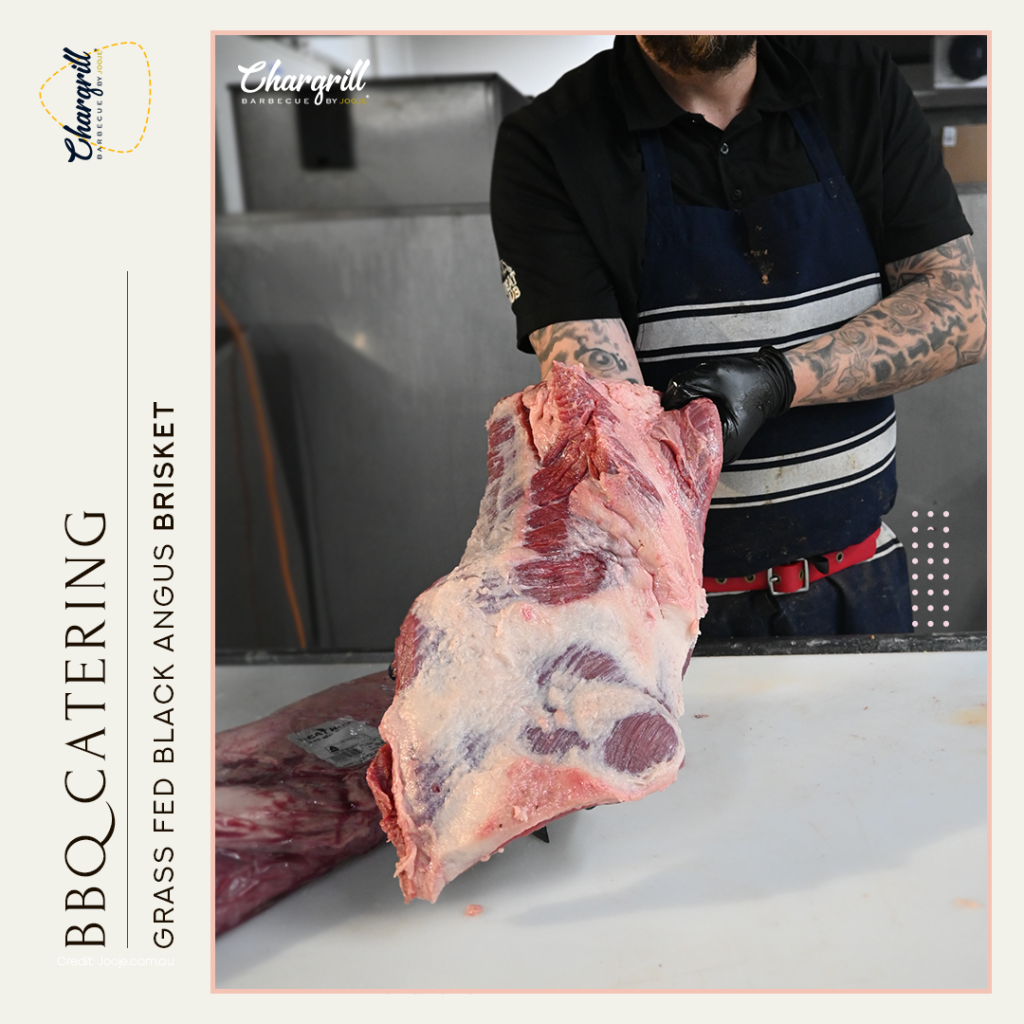
Thawing Frozen Brisket
Thawing frozen brisket properly is essential to maintain its texture and flavor. The safest method is to transfer the brisket from the freezer to the refrigerator, allowing it to thaw slowly over 24-48 hours. For quicker thawing, submerge the sealed brisket in cold water, changing the water every 30 minutes to ensure it stays cold.
Example: If you need brisket for a weekend meal, transfer it from the freezer to the refrigerator on Thursday evening. By Saturday, it will be perfectly thawed and ready for reheating.
Table: Thawing Methods and Times
| Method | Time Required |
|---|---|
| Refrigerator Thaw | 24-48 hours |
| Cold Water Thaw | 2-6 hours |
| Microwave Thaw | Not recommended |
Reheating Smoked meat in the Oven
Reheating smoked brisket in the oven is a reliable method to retain its moisture. Preheat the oven to 250°F (120°C). Place the brisket in an oven-safe dish, add some beef broth, and cover it with foil. Heat for about 30-60 minutes, depending on the size of the brisket. This method ensures the brisket stays moist and flavorful.
Example: Preheat your oven to 250°F. Place the brisket in a baking dish, add 1 cup of beef broth, and cover tightly with foil. Reheat for 45 minutes, then check the internal temperature. Serve hot and enjoy.
Table: Oven Reheating Times
| Brisket Size | Reheating Time |
|---|---|
| Whole Brisket | 1 hour |
| Brisket Slices | 20-30 minutes |
Using a Slow Cooker for Reheating
A slow cooker is an excellent option for reheating brisket slowly and evenly. Place the brisket in the cooker, add a small amount of liquid like beef broth or barbecue sauce, and set it to low for 2-3 hours. This method prevents the brisket from drying out and ensures it is evenly heated.
Example: Place the sliced brisket in the slow cooker, add 1/2 cup of barbecue sauce, and set the cooker to low. Heat for 2 hours, stirring occasionally. The brisket will be tender and full of flavor.

Reheating on the Grill
For an added smoky flavor, reheat the brisket on the grill. Preheat your grill to medium heat. Wrap the brisket in foil with some added juices and place it on the grill for about 15-20 minutes. This method gives the brisket a nice char and enhances its smoky taste.
Example: Preheat your grill to medium. Wrap the brisket in aluminum foil with 1/4 cup of beef broth. Grill for 15 minutes, turning halfway through. Unwrap and serve with grilled vegetables.
Sous Vide Reheating
Sous vide is another effective method to reheat brisket while maintaining its tenderness. Vacuum seal the brisket, submerge it in a water bath set to 135°F (57°C), and heat for 1-2 hours. This precise method ensures the brisket remains juicy and evenly heated.
Example: Use a sous vide machine to heat a water bath to 135°F. Vacuum seal the brisket and submerge it in the water bath for 2 hours. Remove, slice, and serve.
Table: Reheating Methods Comparison
| Method | Pros | Cons |
|---|---|---|
| Oven | Even heating, retains moisture | Takes longer |
| Slow Cooker | Easy, prevents drying out | Requires longer time |
| Grill | Adds flavor, quick | Needs close monitoring |
| Sous Vide | Precise, retains tenderness | Requires equipment |
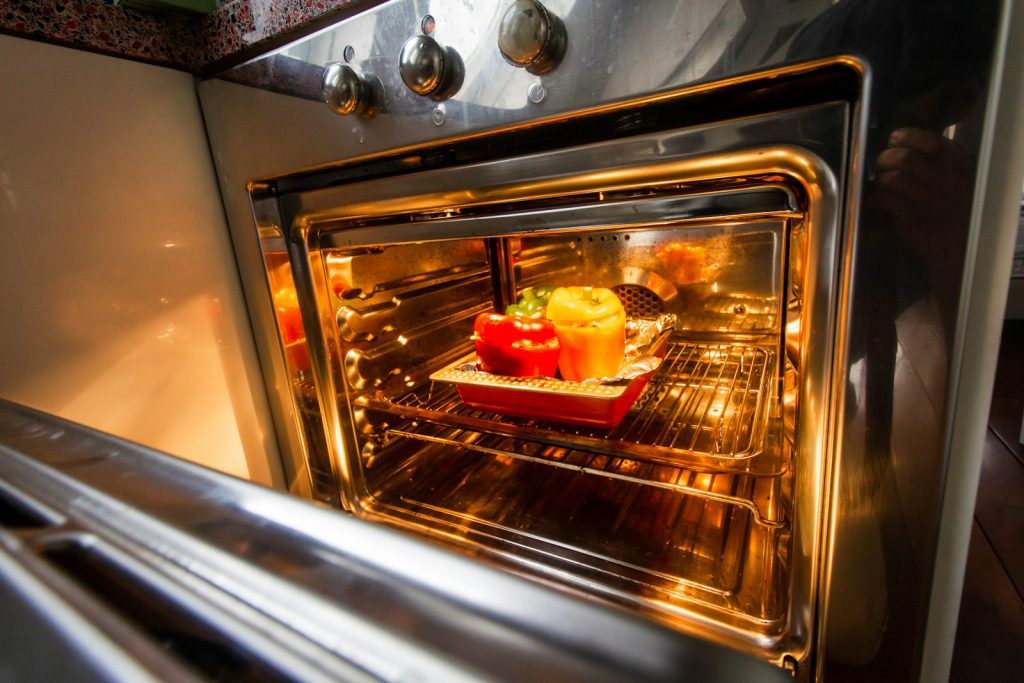
Best Practices for Reheating
Always monitor the internal temperature of the brisket when reheating. The target temperature is 165°F (74°C) to ensure it is safe to eat. Avoid using high heat, as it can dry out the meat.
Example: Use a meat thermometer to check the internal temperature of the brisket. When it reaches 165°F, it’s ready to eat. Serve with your favorite sides.
Table: Internal Temperature Guide
| Meat Type | Safe Internal Temperature |
|---|---|
| Brisket | 165°F (74°C) |
Storing BBQ in Cryovac Sealed Packs
Cryovac, or vacuum sealing, is a highly effective method for storing cooked food, including BBQ, to extend its shelf life while preserving its flavor, texture, and nutritional value. This method involves removing air from the packaging before sealing, which significantly reduces the risk of spoilage by limiting the growth of bacteria and oxidation.
Preparing BBQ for Cryovac Sealing
- Cooling: Before sealing, allow the cooked BBQ to cool down to room temperature. This step is crucial because sealing hot food can cause steam to form inside the bag, leading to moisture buildup and potential spoilage.
- Portioning: Divide the BBQ into meal-sized portions. This makes it easier to reheat only the amount you need, reducing waste and maintaining the quality of the remaining portions.
Cryovac Sealing Process
- Selecting Bags: Use high-quality, food-grade vacuum sealing bags designed to withstand both freezing and heating. These bags are made from durable materials that prevent punctures and leaks.
- Sealing: Place the BBQ portions in the bags, ensuring there is enough space at the top for sealing. Use a vacuum sealer to remove the air and seal the bag tightly. Ensure the seal is secure to prevent any air from entering.
- Labeling: Label each bag with the contents and the date of sealing. This helps keep track of the storage duration and ensures you use the oldest products first.
Storing Cryovac Sealed BBQ
- Refrigeration: Store cryovac-sealed BBQ in the refrigerator if you plan to use it within a few days. This method keeps the BBQ fresh and ready to eat. Properly stored, it can last up to 2 weeks in the refrigerator.
- Freezing: For longer storage, place the cryovac-sealed BBQ in the freezer. This method preserves the BBQ for up to 12 months without significant loss of quality.
Table: Cryovac-Sealed Storage Times
| Storage Method | Shelf Life |
|---|---|
| Refrigeration | Up to 2 weeks |
| Freezing | Up to 12 months |
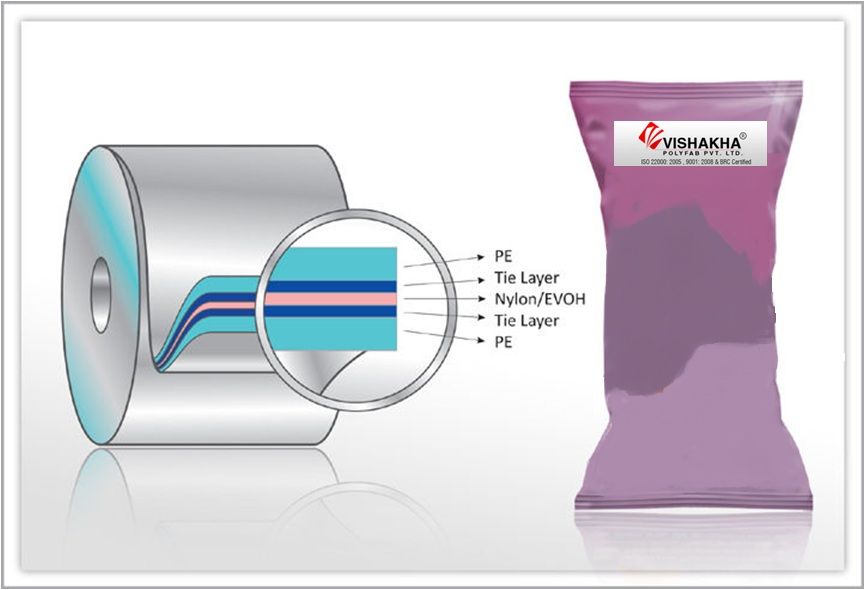
Reheating Cryovac-Sealed BBQ
- Boiling Water Method: Place the sealed bag in boiling water for 10-15 minutes. This method gently reheats the BBQ without drying it out, maintaining its moisture and flavor.
- Sous Vide: If you have a sous vide cooker, set it to 140°F (60°C) and submerge the vacuum-sealed bag for 1-2 hours. This method ensures even heating and retains the BBQ’s tenderness.
- Microwave: Cut a small slit in the vacuum-sealed bag and microwave on medium power until heated through. Be cautious to avoid overcooking, which can dry out the BBQ.
Example Recipe: Cryovac-Sealed Pulled Pork
- Ingredients: Pulled pork, BBQ sauce, coleslaw, buns.
- Preparation: Portion pulled pork into cryovac bags with a small amount of BBQ sauce.
- Storage: Refrigerate or freeze as needed.
- Reheating: Reheat using the boiling water method, then serve on buns with coleslaw.
Advantages of Cryovac Sealing
- Extended Shelf Life: Vacuum sealing significantly extends the shelf life of cooked foods by protecting them from air exposure and preventing the growth of spoilage-causing bacteria.
- Flavor Preservation: The vacuum seal retains the natural juices and flavors of the BBQ, ensuring that it remains as tasty as when it was first cooked.
- Convenience: Pre-portioned, vacuum-sealed packs are convenient for quick meals, as they are easy to store and reheat.
Safety Considerations
- Proper Cooling: Always cool the BBQ to room temperature before sealing to prevent the growth of bacteria.
- Seal Integrity: Ensure that the vacuum seal is intact and that there are no leaks or air pockets.
- Temperature Control: Maintain appropriate storage temperatures to ensure the safety and quality of the stored BBQ.
By utilizing cryovac sealing, you can efficiently store BBQ and other cooked foods without preservatives, ensuring they remain flavorful and safe to eat for extended periods. This method provides a practical solution for preserving homemade meals and reducing food waste.
How long can I store smoked brisket in the fridge?
Smoked brisket can be stored in the refrigerator for up to 4 days. Make sure it’s wrapped tightly to prevent drying out.
Can I freeze smoked brisket?
Yes, you can freeze smoked brisket for up to 3 months if vacuum-sealed. Ensure it’s wrapped tightly to prevent freezer burn.
What is the best way to reheat brisket without drying it out?
Reheating in the oven at a low temperature with added liquid is the best way to keep brisket moist.
Can I reheat brisket in the microwave?
While possible, it’s not recommended as it can dry out the meat quickly. If you must, use a low power setting and cover the brisket with a damp paper towel.
What liquids can I use to reheat brisket?
Beef broth, brisket drippings, apple juice, or barbecue sauce are good options. These liquids help keep the brisket moist and add flavor.
Is it safe to leave brisket at room temperature?
Brisket should not be left at room temperature for more than 2 hours to prevent bacterial growth. If the temperature is above 90°F (32°C), this time reduces to 1 hour.
How do I know when my reheated brisket is ready to eat?
Use a meat thermometer to ensure the internal temperature reaches 165°F (74°C). This ensures the brisket is safe to eat.
